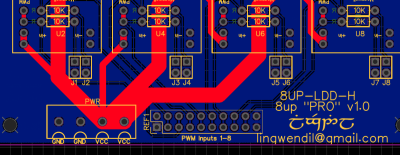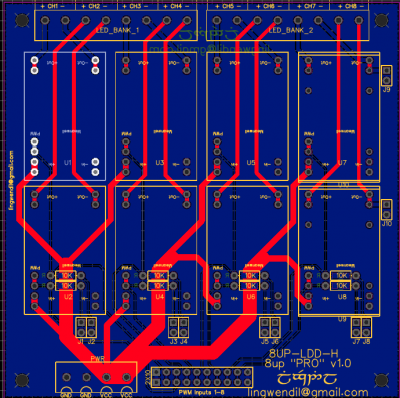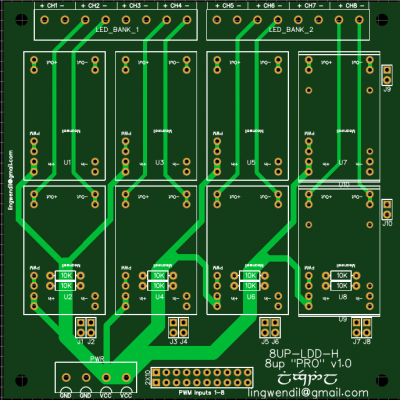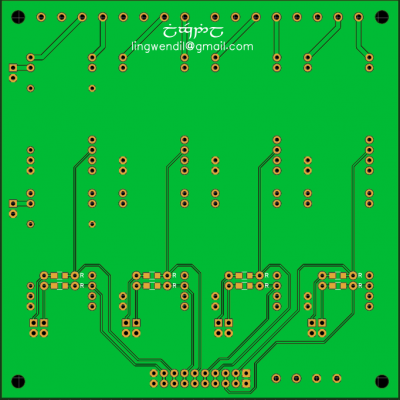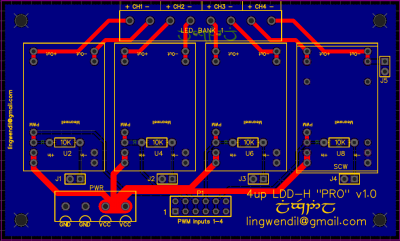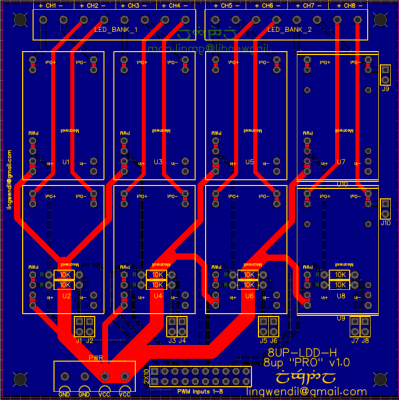Oh dang!
PCBs came in, that box was surprisingly heavy
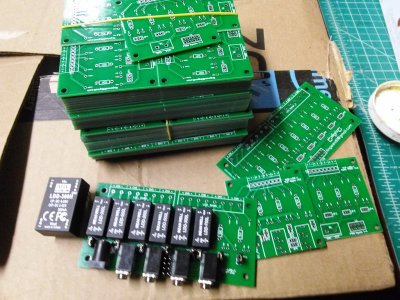
So far, the cheap jack I bought to try for fit is a tad loose until soldered, but otherwise fits perfectly once you solder it down. Because this one was cheap enough, and the fact that Arrow offers free shipping, one can order the power jack and PWM jacks along with other accessories from them to save money. I'm waiting on the cheap screw terminals I ordered to come in on the slow boat, so I can't finish up any of the nano boards yet, as I don't want to spend $5 each on them
PCBs came in, that box was surprisingly heavy

So far, the cheap jack I bought to try for fit is a tad loose until soldered, but otherwise fits perfectly once you solder it down. Because this one was cheap enough, and the fact that Arrow offers free shipping, one can order the power jack and PWM jacks along with other accessories from them to save money. I'm waiting on the cheap screw terminals I ordered to come in on the slow boat, so I can't finish up any of the nano boards yet, as I don't want to spend $5 each on them







